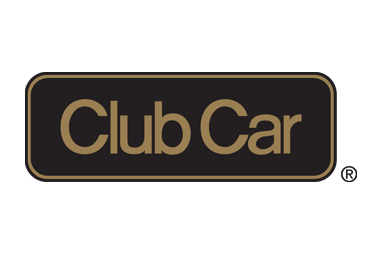Implementing changes at golf clubs and facilities is never easy, particularly when it involves reconfiguring staff or adjusting job roles. Effective communication is crucial, especially during significant changes like facility redevelopments or shifts in operations.
To understand how clubs can handle these transitions, we spoke to ACAS, workplace advisors who help businesses manage and communicate change, and Carl Crown, Director of Golf at Basingstoke Golf Club. Crown has overseen a massive redevelopment project, involving both the relocation and reconstruction of the club, and offers valuable insight into best practices for managing change.
Communication best practices
Managing change at a golf club requires clear, consistent communication—both with staff and members. This is especially true during major transformations, such as the extensive redevelopment that Basingstoke Golf Club is undergoing. As Crown explains, communication is central to the success of any project of this scale.
Additionally, Crown’s team has embraced online scheduling tools to help manage the busy operations of the club. He explains: “We now use an online diary system for scheduling and coordination. This was a new addition as we transition into a paperless business. It ensures smooth management of shop operations and lesson bookings, and everyone has access to each other’s schedules in and out of work hours.”
“The biggest challenge was navigating the impact on coaching and shop sales with closures. But through perseverance and constant communication with the team, we’ve managed to keep everything moving forward.”
Paul Granow, Senior Advisor/Conciliator and Training Manager for ACAS Wales, echoes this sentiment, highlighting just how important communication is. “Managing change is tricky for any organisation. Research by the CIPD shows that over 70% of organisational change programmes fail, and this is most often because managers don’t bring their people with them. Being open and transparent is crucial.”
Granow stresses the importance of consulting with staff during change processes. “When introducing change, it’s vital not just to tell staff what is happening, but to genuinely consult them, listen to their views and demonstrate that their insights and ideas have been considered in your plans. This approach can lead to better outcomes, cost savings, and, importantly, keeps staff motivated and engaged with the process.”
Timing and planning
Effective timing is another key component of successful change implementation. Granow suggests that clubs and facilities should develop a clear, long-term plan that is approved by members or management. “Implementing changes promptly once decisions are made is important,” he says. “People who are uncertain or unclear about what’s happening are more likely to feel anxious. Open, honest conversations about the expected outcomes builds trust and reassure staff that they are being treated fairly.”
The role of leadership
The approach of the leadership team is also crucial and effective leaders must be approachable and ready to engage with staff at all levels, addressing concerns and fostering an atmosphere of trust and transparency. This is particularly important in environments like golf clubs, where long-standing traditions can make staff resistant to change.
Granow notes that empathy plays a huge role: “Leaders must appreciate the emotional complexities of implementing change and acknowledge people’s feelings to resolve issues and create a supportive environment.”
He concludes, “Keeping staff motivated, engaged in the outcomes of the change, and committed to the future of your facility should be the goal.”




































